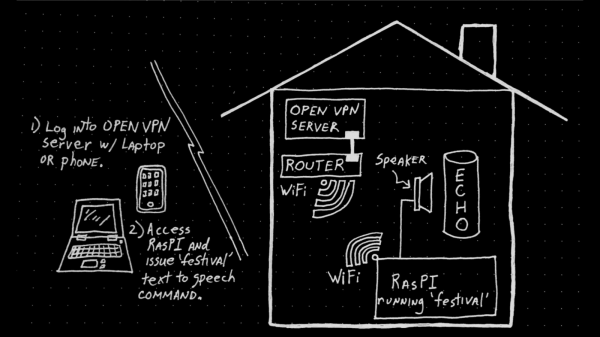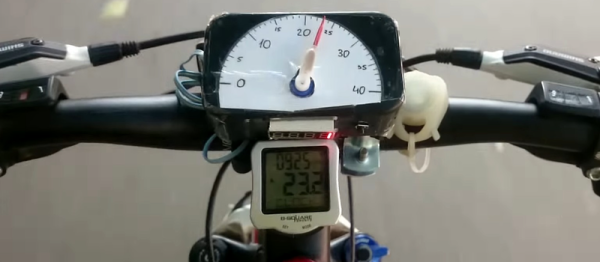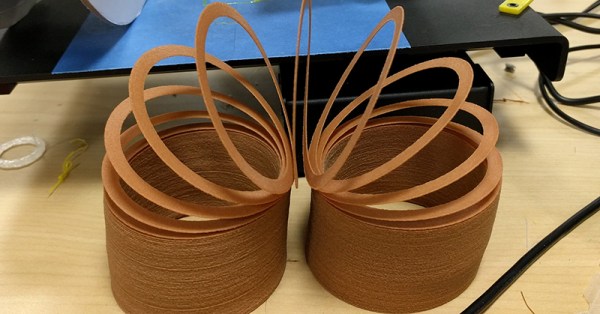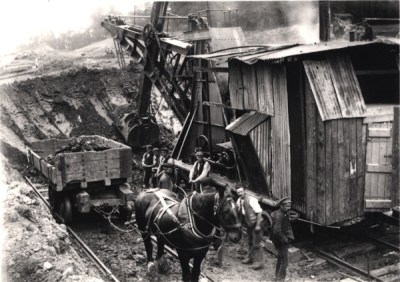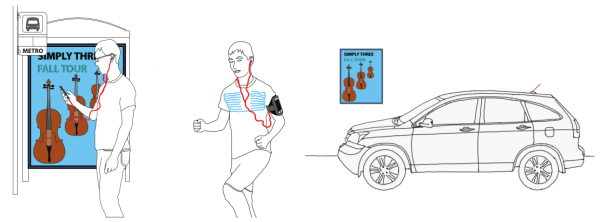Has it ever crossed your mind that everything you see for sale–no matter how mundane–is someone’s life passion? Or, at least, their work passion. Somewhere as we speak two or three people are in a room trying to figure out how to make a whoopie cushion for two cents less than before. Someone is touting the virtues of the newest design in egg cartons. The guys that make the tube that carries your money to the bank teller at the drive through window? They exist, too.
It is natural for us to think about improving 3D printers but most of us print plastic. We might wish we could print metal. But researchers in a few places are printing cheese. We didn’t say hackers with the muchies, we said researchers. There’s a colorful slide show from the University College Cork in Ireland, for example. They printed cheese at two different speeds and used a laser scanning microscope and a rheometer to analyze the results. We’ve seen rheometers in plastic factories, but never in the kitchen. Meanwhile on the hacker front, apparently spray cheese cans work as an easy cold extruder (see video below).


